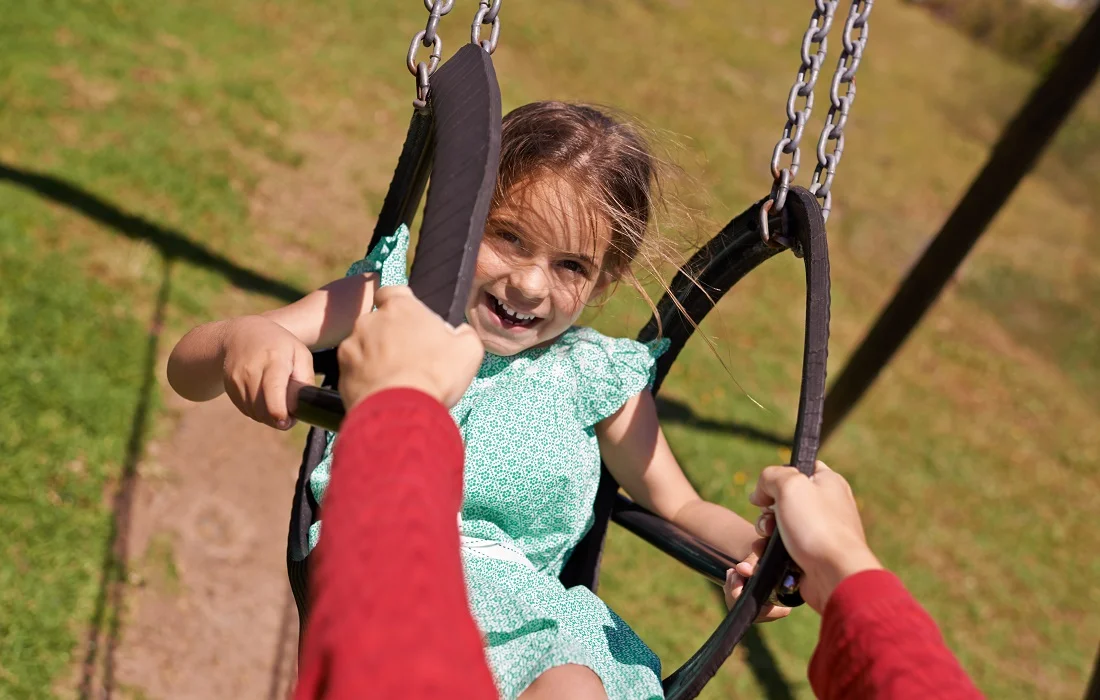Keeping children active and entertained doesn’t require expensive trips or high-tech gadgets. Your garden, no matter how simple, can be transformed into a vibrant play area where children can explore, learn, and, most importantly, have fun. This guide will explore a variety of engaging activities and the use of Outdoor Toys and a Play house to create a dynamic and enjoyable environment right in your garden.
1. Setting the Scene with a Playhouse
A playhouse isn’t just a structure; it’s a portal to the imagination. Whether you opt for a store-bought model or decide to build one yourself, a playhouse can be the centrepiece of garden play.
a) Choosing the Right Playhouse
Select a playhouse that fits your garden size and your children’s interests. Wooden playhouses have a charming, rustic appeal and are durable, while plastic ones are easier to maintain and often come in brighter colours.
b) Customisation
Make the playhouse inviting with some personal touches. Allow your children to paint or decorate the playhouse. This could include hand-painted signs, curtains, or even a small flower box.
c) Safety First
Ensure the playhouse is safe: smooth out sharp edges, secure it firmly to the ground, and check for non-toxic paints and materials.
2. Incorporating Outdoor Toys
Outdoor toys enhance physical activity and can be used in countless creative ways. From traditional sports equipment to imaginative play items, selecting the right toys can offer endless fun.
a) Active Toys
Consider toys that promote physical activity, such as skipping ropes, hula hoops, and small trampolines. They encourage exercise through play and are perfect for energetic youngsters.
b) Creative Play
Outdoor easels, water play tables, and sand pits stimulate creativity and sensory play. These can be placed near the playhouse to create a ‘mini-town’ feel.
c) Learning Through Play
Choose toys that offer an educational twist, such as garden tool sets for little gardeners, which help children learn about nature and the environment while playing.
3. Garden Games
Games are wonderful for keeping children active and engaged. They can be structured with rules or left open-ended for imaginative play.
a) Treasure Hunts
Organise a treasure hunt by hiding items around the garden for children to find. Use natural elements like stones, leaves, and twigs as part of the treasure list to encourage exploration.
b) Sports Day
Set up a mini sports day in your garden with races, jumps, and obstacle courses. Use items like cones, ropes, and bean bags to create challenging and fun activities.
c) Nature Bingo
Create bingo cards with pictures of common garden plants, insects, and birds. Children can explore the garden and learn about biodiversity as they try to spot these items.
4. Playhouse Adventures
Turn the playhouse into the base for various adventures. This can be a shop, a pirate ship, or a castle, depending on your children’s interests.
a) Role Play
Encourage children to dress up and engage in role-play, using the playhouse as a backdrop. This fosters creativity and communication skills.
b) Story Time
Use the playhouse as a cosy nook for story times. Decorate with cushions and blankets, making it the perfect spot for imaginative and quiet play.
c) Seasonal Activities
Adapt the playhouse for seasonal activities. In summer, it could be a smoothie station or ice cream shop. In winter, it can be turned into a winter cottage with pretend fires and hot chocolate.
5. Educational Activities
Incorporate learning into everyday play. Your garden can be a living classroom where children learn through hands-on activities.
a) Planting a Mini Garden
Teach children about plants and how they grow by letting them tend to a small patch of the garden. They can plant flowers, vegetables, or herbs and monitor their growth.
b) Weather Station
Set up a simple weather station with a rain gauge and thermometer. Children can record weather changes and learn about the climate.
c) Wildlife Observation
Install bird feeders and insect hotels to attract wildlife. Children can learn about different species and the importance of biodiversity.
6. Safety and Maintenance
While fun is important, safety is paramount. Regularly check the garden for hazards and maintain the play equipment.
a) Regular Checks
Inspect play equipment for damage or wear and tear. Ensure that everything is stable and secure, especially swing sets and climbing frames.
b) Supervision
Always supervise younger children during play to ensure they are safe and playing responsibly.
c) Tidiness
Encourage children to put away their toys and clean up after playing. This not only teaches responsibility but also prevents accidents caused by clutter.

Conclusion
Your garden can provide a rich, engaging, and educational environment for children to play in. By incorporating a versatile playhouse, diverse outdoor toys, and imaginative activities, you can keep your children entertained and active for hours. With a little creativity, your simple garden can become a beloved playground that nurtures your children’s growth and development.
